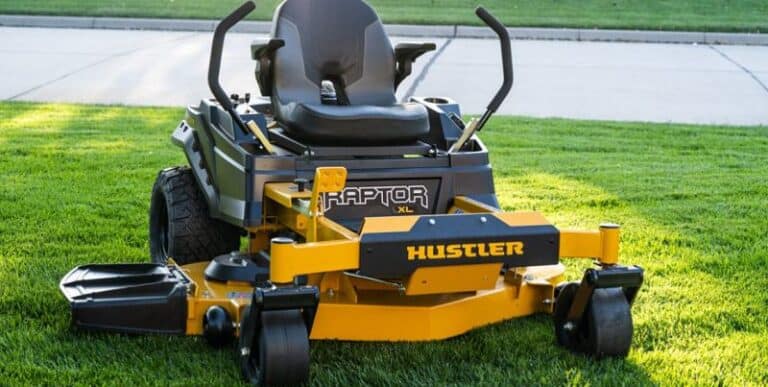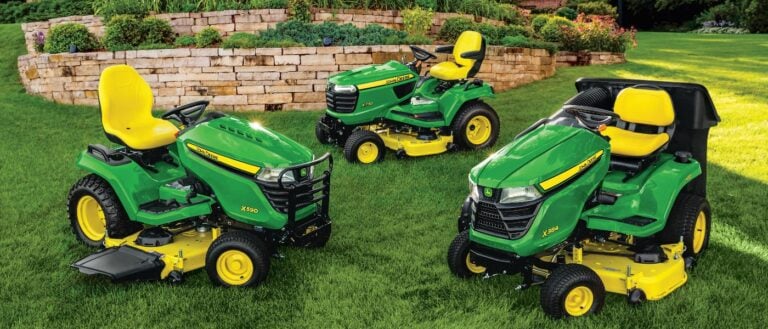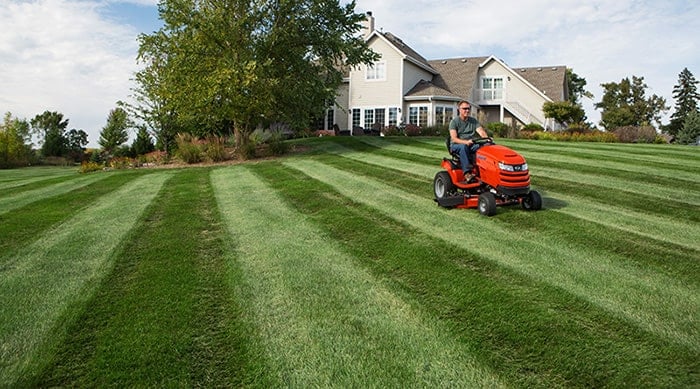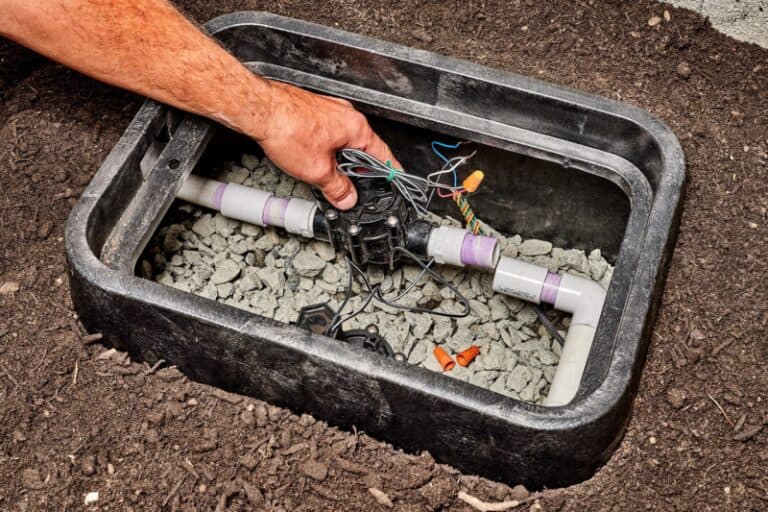Common Problems Associated With The Cub Cadet Challenger 750
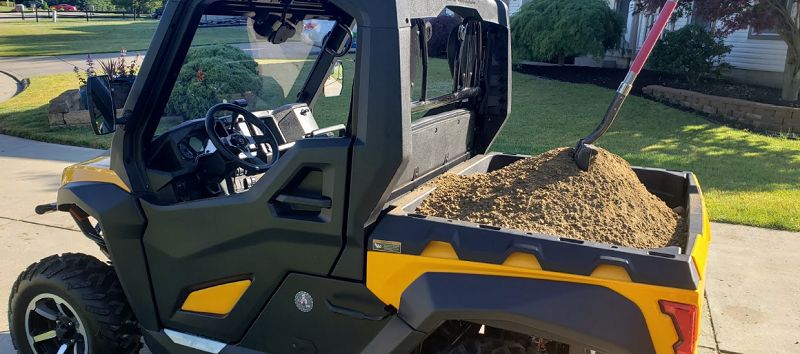
The Cub Cadet Challenger 750 provides owners with a powerful off-road experience that maximizes their fun in many unique ways. However, there are some problems that may affect how well your Challenger 750 runs. Some might seem minor at first before becoming serious with time.
Thankfully, you can diagnose many of the most common Cub Cadet Challenger 750 problems yourself and find solutions for each. While you might not be comfortable or even able to do all of these repairs yourself, understanding what is necessary can make this process easier for you.
What is a Cub Cadet Challenger 750?
The Cub Cadet Challenger 750 is an attractive side-by-side off-road vehicle that looks and handles well. It is one of the top machines of its type on the market and includes multiple safety features, like seat belts, a strong roll-over top, protective glass, and headlights. It typically runs very smoothly but can run into some problems with its operation over time.
Typically, you shouldn’t notice many problems with the Cub Cadet Challenger 750 until you’ve started putting some miles on it. You might also run into issues if you park it for months at a time during the winter. That can cause body and engine damage that require repair. Some of these problems are things that you can probably handle yourself but others may require professional help to manage.
The TLDR Answer
Problems with a Cub Cadet Challenger 750 can vary heavily based on various factors. That’s because the Challenger 750 is a complex machine with many moving parts that may fail on you unexpectedly. However, there are some concerns that may occur more often than others and affect how well your side-by-side runs. The most common of these issues include:
- Engine Troubles: Change the Oil, Filters, and Spark Plugs or Call a Mechanic
- Transmission Problems: Change the Transmission Fluid, Flush Your System, or Call a Mechanic
- Clutch Issues: Adjust the Clutch to its Reset Settings, Replace It, or Call a Mechanic
- Shifting Struggles: Clean the Steering Equipment or Call a Professional for Help
- Steering Concerns: Lubricate the Steering System or Call a Mechanic
- Muffler Damage: Patch, Clean, or Replace Your Muffler or Call a Mechanic
Each of these problems may have various causes, such as failing spark plugs that even a casual owner can manage. However, other problems (such as a failing transmission) may require working with a professional to properly manage. To learn more about the solution to these issues, it is important to read more. Doing so will give you an in-depth look at how to repair your Cub Cadet Challenger 750.
The 6 Most Common Cub Cadet Challenger 750 Problems
In the sections below, we’ll highlight what triggers each of these common problems and provide a solution for each issue. They’ll go into more depth than we provided in the section above, including any tools you might need and whether each fix requires the help of a mechanic to manage properly.
In this way, you can either tackle these issues yourself or know when to schedule a trip to a mechanic. Knowing what to point out will make this process easier and ensure that your repair team feels comfortable handling your repairs for you.
1. Engine Troubles
The Problem
Engine failure of the worst things to experience with your Cub Cadet Challenger 750. There are many things that might cause your engine to stop running. You might experience symptoms like engine shutdown on a hill or overheating oil. Or your engine may simply not run at all. Let’s check out a few solutions that might help you.
A Few Solutions to Try
If your engine keeps overheating, there might be a problem with the oil management system. Replace the oil and clean the air and oil filters. That may help get your engine running again. If it doesn’t, check your battery and replace it if it is dead or charge it if it will hold a charge again.
If your engine still doesn’t start, you can replace your spark plugs or check for broken belts that may cause your engine to fail. When you can’t find a solution that makes sense for you, there’s a good chance that you need to call a mechanic to get the engine fixed or even replaced to ensure that your ATV can run.
2. Transmission Problem
The Problem
The transmission is a vital part of your Cub Cadet but can wear out fairly quickly. You might notice a grinding sound when putting it in reverse or notice that your gears don’t engage properly when driving your Cub Cadet. Typically, there are only a few things that you can do to fix this problem.
A Few Solutions to Try
The easiest solution to this problem is to flush your transmission fluid and replace it with a new solution. You may also have to drain your clutch lines when performing this step. In many cases, this may be all that you need to do because transmissions tend to get dirty surprisingly quickly.
That said, you may also need to remove the transmission and clean it out. A transmission flush may wash out dirt and other contaminants and help it run better. If this step doesn’t fix the problem, your transmission may need to be replaced. Handle this step if you have the experience or call a mechanic to help you with it.
3. Clutch Issues
The Problem
The clutch helps to shift your gears and keep your Cub Cadet running smoothly and effectively. However, a too-tight clutch can cause problems with the device that may cause you to shift poorly. You may struggle to shift when driving or notice your ATV shaking as you shift. This problem may require a few fixes.
A Few Solutions to Try
Check your manual and adjust your clutch to meet the setting required in the manual. This step requires a clutch adjustment kit, and typically requires working with a mechanic. If you feel comfortable handling it, make sure you follow your manual’s settings as much as possible to avoid damaging the clutch.
You may also need to replace the clutch to get your vehicle running smoothly again. Replacing it can be done if you understand these steps, but it is probably best done with a mechanic. Typically, they’ll understand how to balance your clutch properly and can ensure that a new one is installed properly.
4. Shifting Struggles
The Problem
While your Cub Cadet Challenger 750 should shift smoothly and efficiently, it might start struggling. For example, you might struggle to shift into new gears or find it impossible to shift into reverse. This problem is very disturbing and typically requires working with a mechanic.
A Few Solutions to Try
Typically, the problem here is likely caused by dirt or debris getting into your ATV while riding it. After all, you’ll probably be off-road a lot. Cleaning out the underside of your vehicle may help, especially when focusing on the axles, steering controls, and other parts of the vehicle.
Typically, this is a problem best handled by a professional. That’s because trying to fix it yourself or with cheaper, non-standard parts typically causes more problems than it fixes. The complexity of the shifting system is typically high enough that only mechanics can handle these steps for you.
5. Steering Concerns
The Problem
Does your Cub Cadet seem to steer awkwardly or heavily when driving it? This problem is typical when you drive it the first time and typically gets better with time. However, if your steering seems to worsen or never gets any better, it is important to understand a few ways that you can fix this issue.
A Few Solutions to Try
You may fix this problem by spraying the steering system with lubricant to help it control control it more effectively. Removing the steering system is challenging and may require working with a mechanic or buying specialized equipment that makes this process more effective for you.
Otherwise, you’ll probably have to call a mechanic to either lubricate or replace your steering system. Most of the time, a lubrication should be all that you need. If the system still doesn’t operate effectively, replacing it might be necessary. Issues that cause this problem include worn out gears and belts or broken parts inside the system.
6. Muffler Damage
The Problem
The only nice thing about muffler problems is that they are easy to diagnose right away. Your engine will run very loudly and annoyingly if the muffler is broken. Typically,l you’ll see things like cracks in the muffler that cause exhaust to leak or hear a very loud noise as your vehicle runs.
A Few Solutions to Try
Thankfully, you might be able to patch your muffler with a DIY patching kit. This step helps to keep it from making excessive and uncomfortable noise. Cleaning it out with a muffler cleaning kit can also remove blockage or debris that may make your muffler louder than necessary.
Replacing your muffler is possible but a bit more complex. You’ll need to understand how it connects to your vehicle and how to remove and replace it. If you don’t, it is simply better to call a mechanic to fix or replace your muffler for you.
You can also read:

